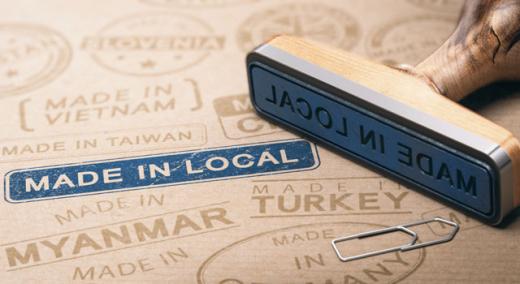The world of procurement is often tricky. It involves choosing one appropriate candidate, ultimately benefiting them while rejecting and disadvantaging others.
|
ADVERTISEMENT |
That said, it isn’t just the businesses picked that will profit from winning the contracts; it’s also their supply chain, their local economy, fellow businesses, families, and so on.
This is particularly true when we take into consideration just how lucrative and valuable some contracts can be. With this in mind, you can see why the role of the buyer in the procurement process can be so complex.
One aspect of sourcing that received considerable attention during the pandemic was that of locality. The idea of “shop local” was thrust into the limelight as businesses and consumers not only struggled to get deliveries from farther afield but also chose to support businesses closer to home in a community-spirit approach.
…

Add new comment